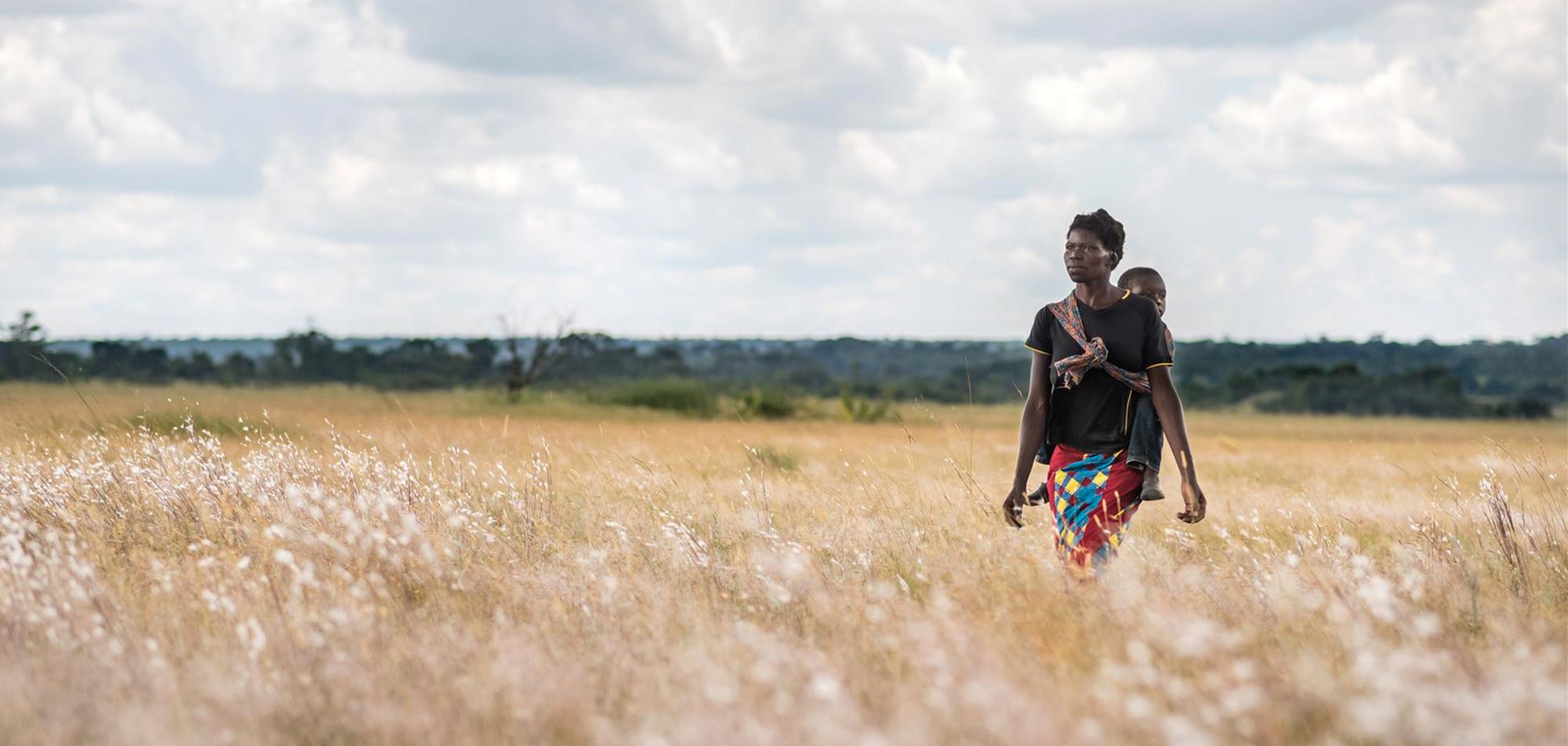OUR PROGRESS
on Child Well-being

Fulfiling our promise
Our vision for every child, a life in all of its fullness.
Our prayer for every heart, the will to make it so.
World Vision has nearly 70 years of history working alongside communities and together with an array of donors, partners, and government agencies to enable girls and boys worldwide to live free of need and full of promise. In line with the Our Promise 2030 Partnership strategy, we gathered significant evidence that clearly demonstrates our impact and commitment to improving the well-being of the world’s most vulnerable children.
Our Promise 2030 is a commitment to vulnerable children to relentlessly pursue our vision for every child until they enjoy good health and are protected from disease; are educated for life and enabled to fulfill their potential; are cared for, protected, and participating; and experience the profound security of the love of God and others.
Together we’ve impacted the lives of over 200 million vulnerable children by tackling the root causes of poverty.
Find Out How
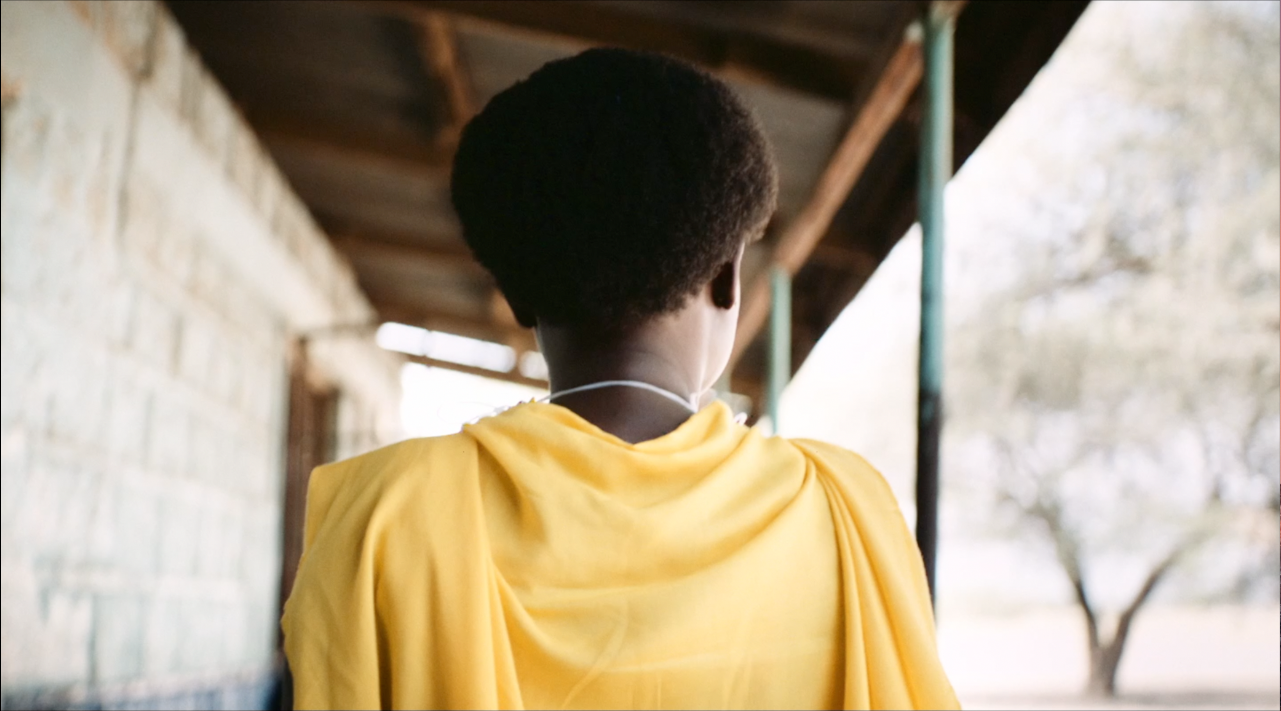


Disaster Management
We responded to 170 emergencies and assisted almost 13,900,000 people in 56 countries, offering hope, meeting immediate needs and developing plans for the future.
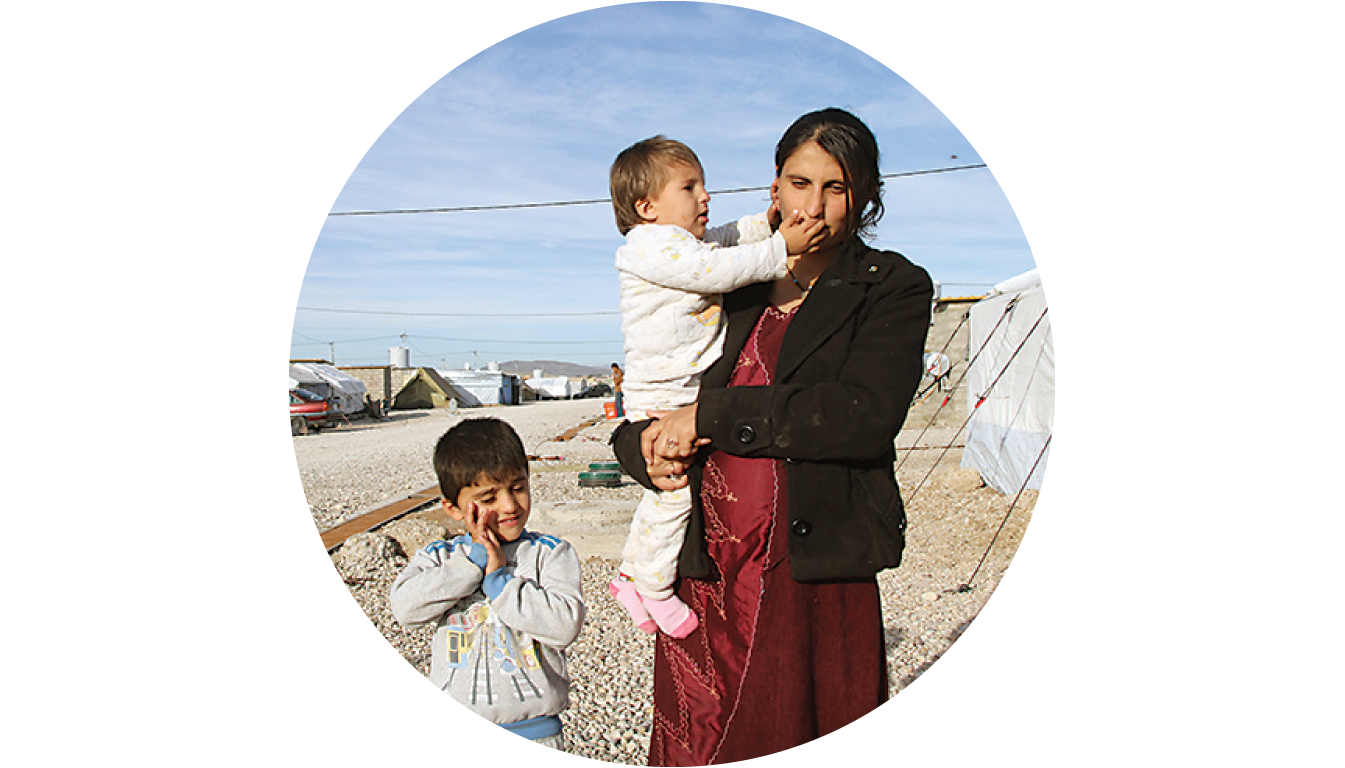
Transformational Development
As part of the world’s greatest force for good, donors sponsored 3,046,993 children who, together with their families and communities, are building a better futurefor themselves.
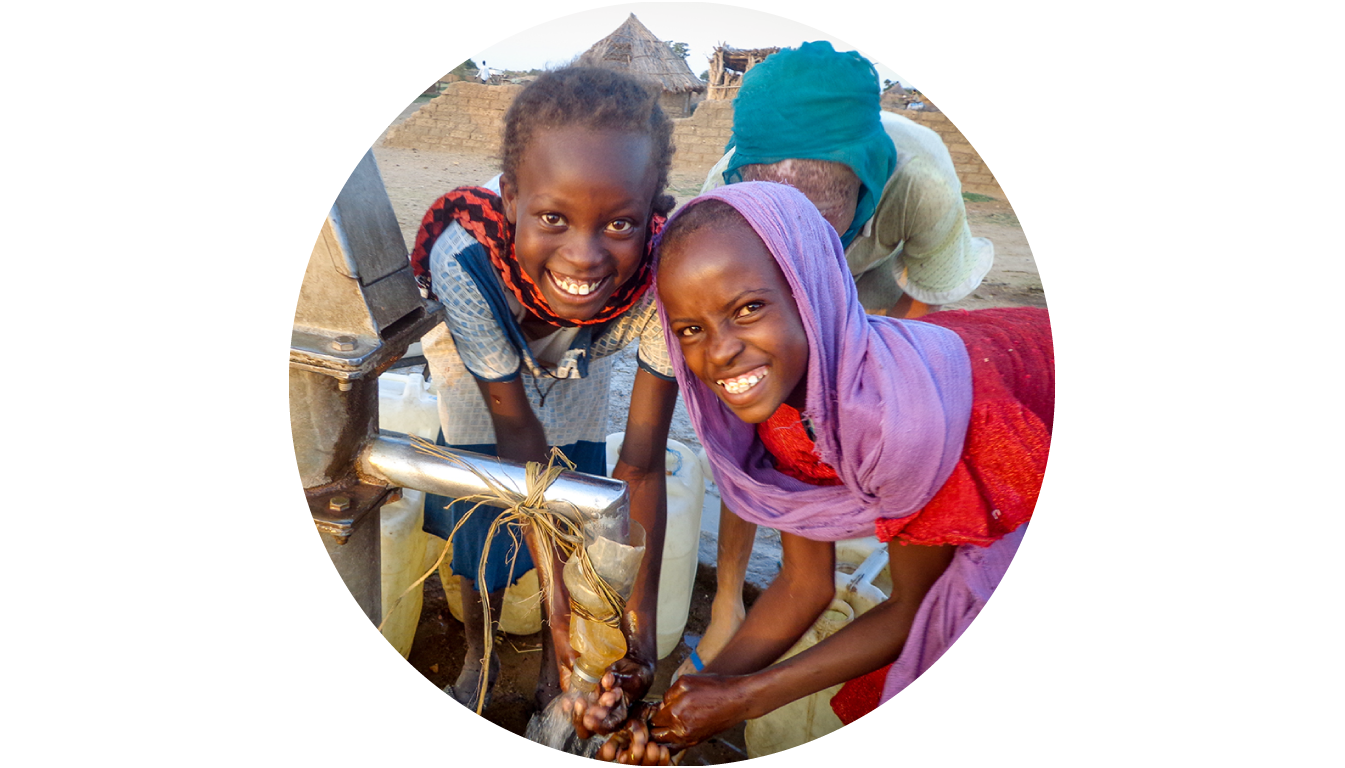
Advocacy
In 2017, the global campaign, It takes a world to end violence against children, contributed to at least 50 policy changes in 16 countries.
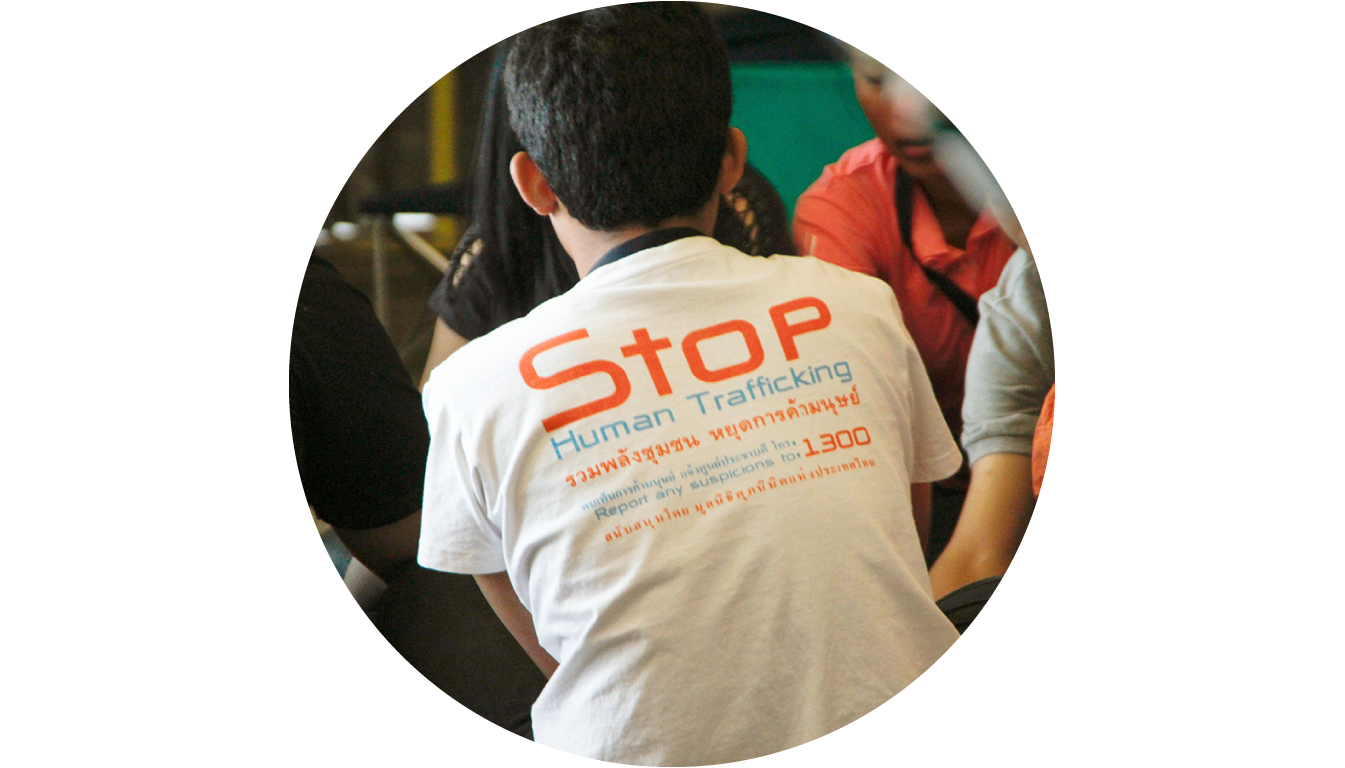
“You may not change the whole world, but you can change one child’s world, and that child with another child can change many, many other people’s lives.”
Learn More

Measuring our progress
In 2016 and 2017, World Vision gathered data in a range of ways, looking at evidence from our programmes to determine whether we are addressing the needs of the most vulnerable children – and having the reach and impact we hope for.
We measure real-world progress against our Child Well-being objectives, as well as finding gaps and areas where we can improve our work. It is the most significant exercise we undertake at a global level.
We see and celebrate significant progress in achieving our goals. World Vision is making a global impact to increase child well-being, particularly among the most vulnerable. The evidence of this fact lies not only in stories but in the statistics, which point to how the lives of children and their families are improving. Alongside communities and together with our donors and partners, World Vision is creating opportunities for children to experience well-being and fullness of life.
Every 60 seconds... a family gets water, a hungry child is fed, a family receives the tools to overcome poverty.
Find Out How
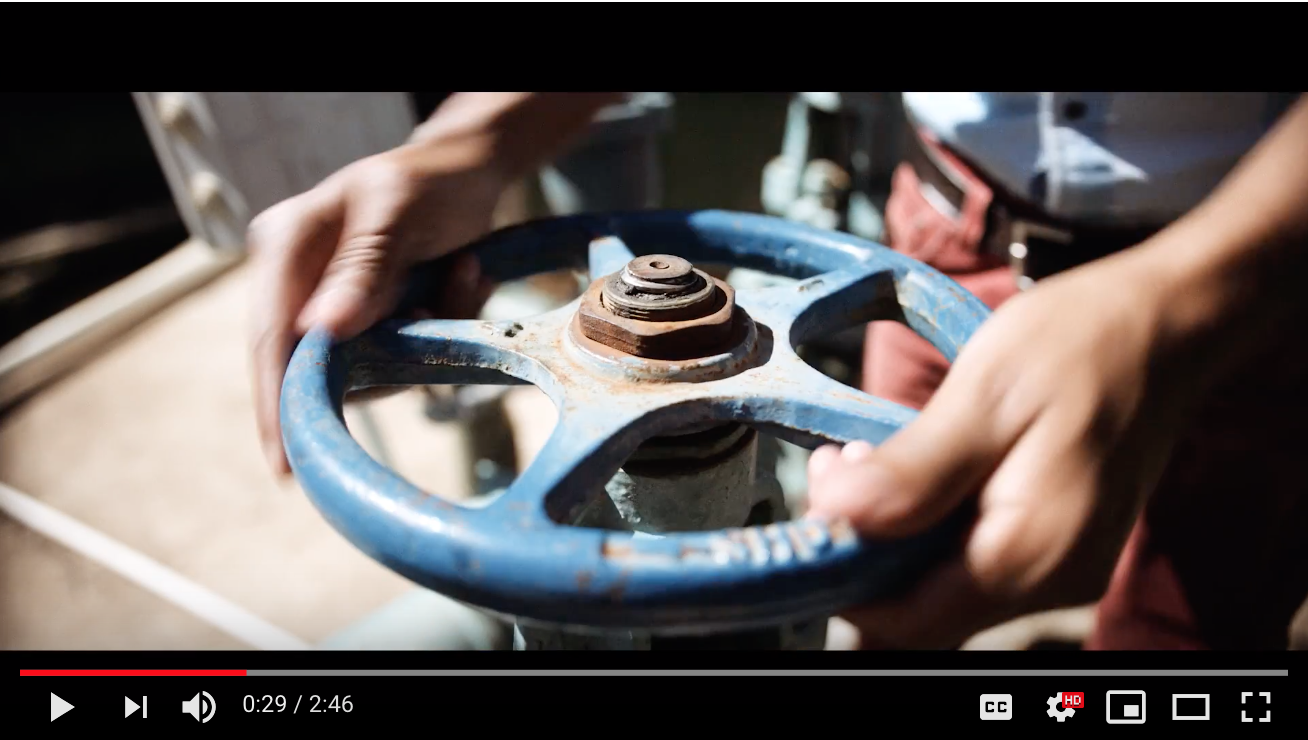
We advocate and act for child well-being
Achieving child well-being for vulnerable children can be a daunting process as there are often great challenges: communities subject to violent upheaval and family dysfunction, marginalised by their poverty and the inability to access healthcare, nutritious food, education, and clean water.
The solutions to such complex challenges must be holistic and fine-tuned to the needs of each community and cultural context. We achieve more together than we can alone. Partnering with communities, governments, and a variety of donors to take specific action is the basis for positive change. World Vision’s unique transformational development approach seeks to address the root causes of child vulnerability – poverty and injustice.
The intent of our work is for girls and boys to live abundant lives within transformed families, communities, and societies that are characterised by dignity, justice, peace, and hope. Our approach is to work with communities to understand their assets, needs, and priorities, and then develop plans that will lead to greater child well-being.
In 2016 and 2017, World Vision had 2,726 development projects in 73 countries. We maintain a long-term local presence in children’s communities because we know it is through trusted relationships that we are able to effect the greatest impact and change for children.
Over the last five years, 89% of the severely malnourished children we treated made a full recovery.
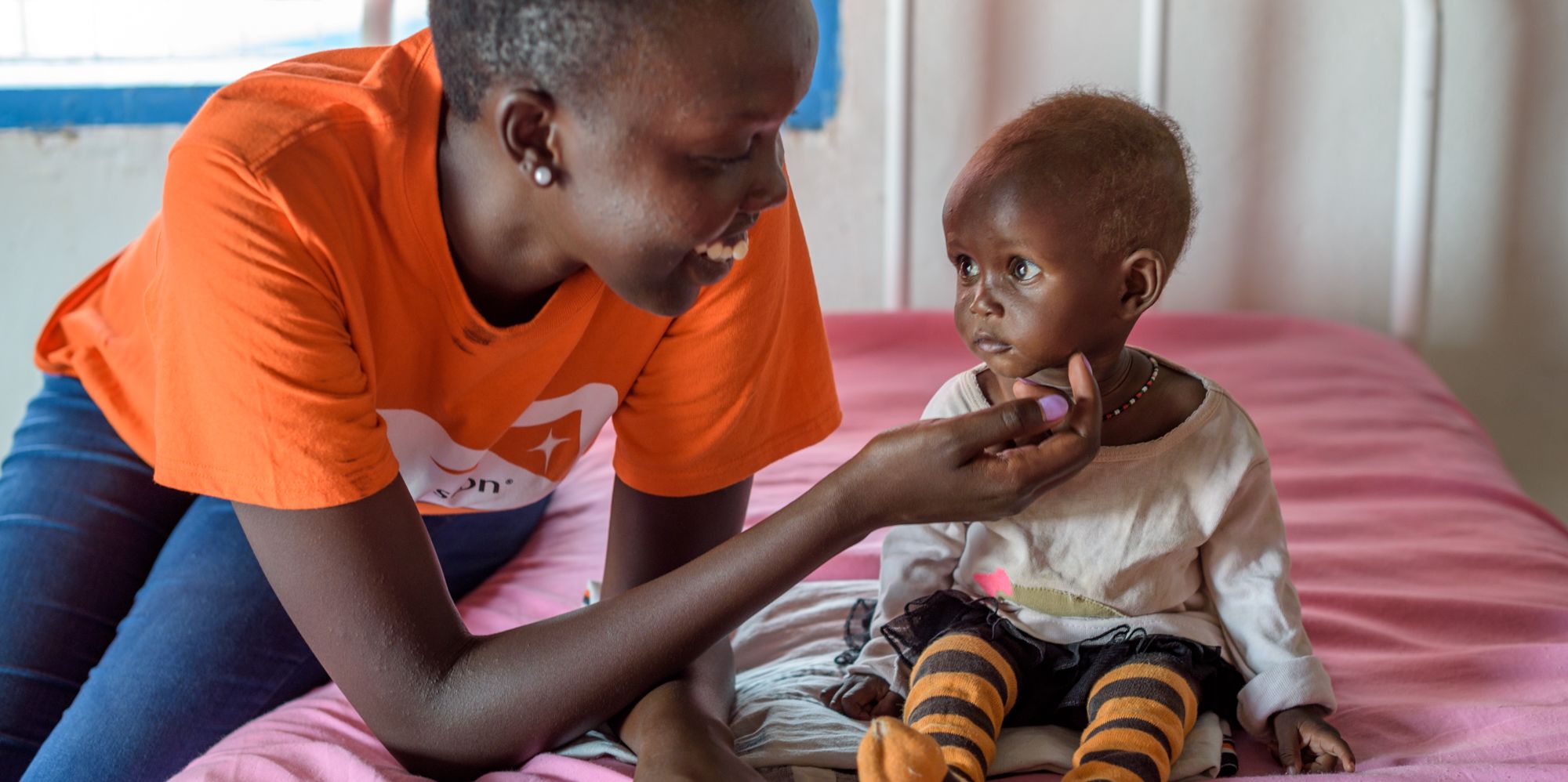
Child sponsorship enables long-term partnerships with communities and affords us credibility and influence. Sponsors’ monthly contributions are combined with other donations and grants to achieve even greater results. When it is time to leave a community, we want to be assured that the community’s accomplishments can be sustained and child well-being will continue to be valued and addressed.
Our global strategy seeks to strengthen our commitment to the most vulnerable children by focusing our ministry for greater impact, delivering time-tested and proven interventions to help children thrive. As we increase our focus on more fragile contexts where children are the most vulnerable, we are increasing our efforts to collaborate with others, advocate for children, and further leverage the asset of being a faith-based organisation. World Vision seeks to ensure that the systems and structures supporting children and families deliver the services they deserve and provide the protections they require.
Child well-being objectives
These eight objectives look at the physical and spiritual dimensions of child well-being. They reflect the holistic nature of how we work and what we measure.
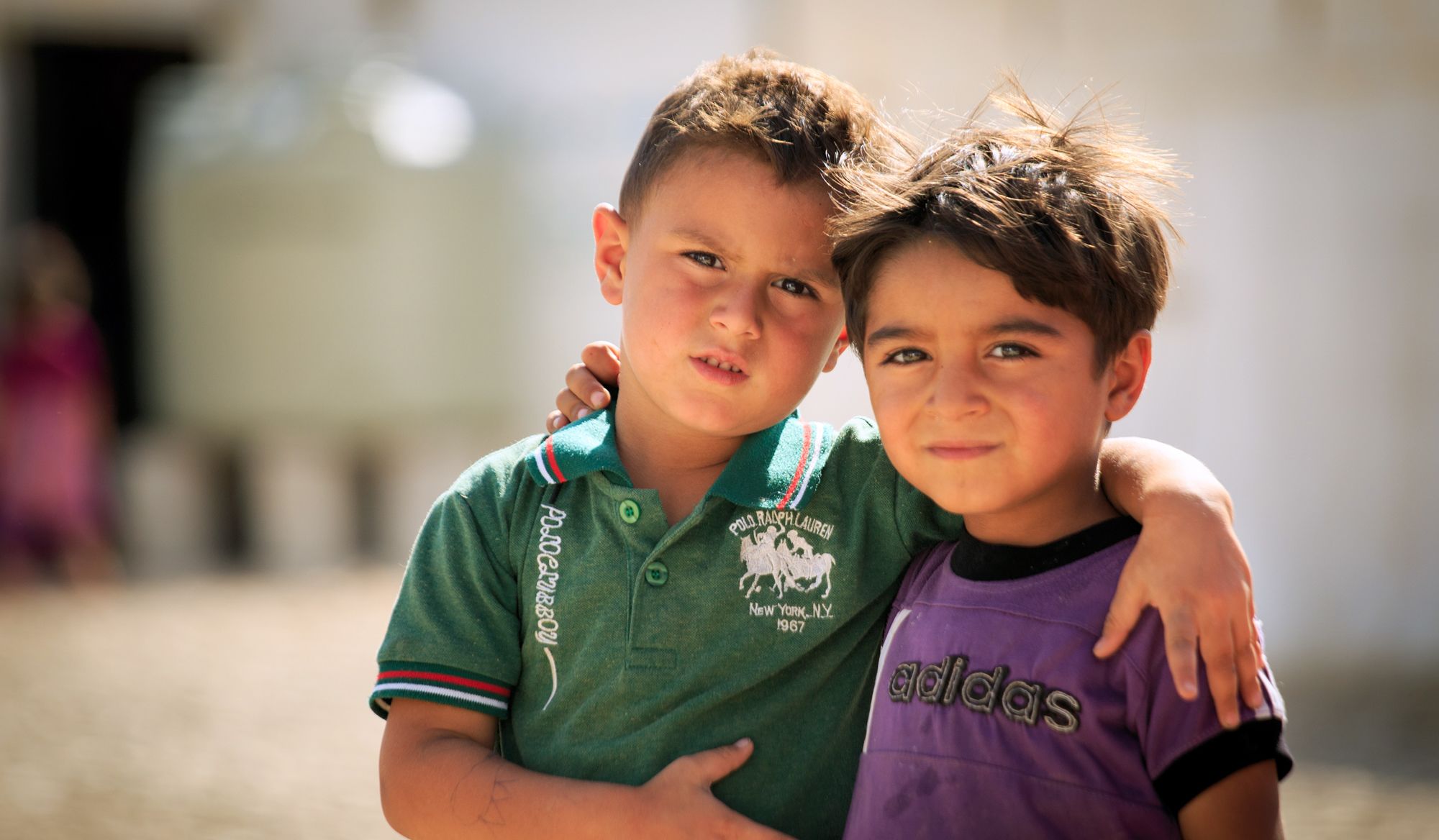
We measure the numbers of:

Children reporting an awareness of God's love.

Children who report positive and peaceful relationships with their families and communities.

Girls and boys who are protected from violence.

Children ages 12-18 who report an increased level of general well-being.

Children who are well nourished.

Children ages 0-5 who are protected from infection and disease.

Primary school children who can read.

Better educated adolescents who are increasing in their life skills.
World Vision is reaching one new person with clean water every 10 seconds and reaches 3 more schools everyday with clean water.
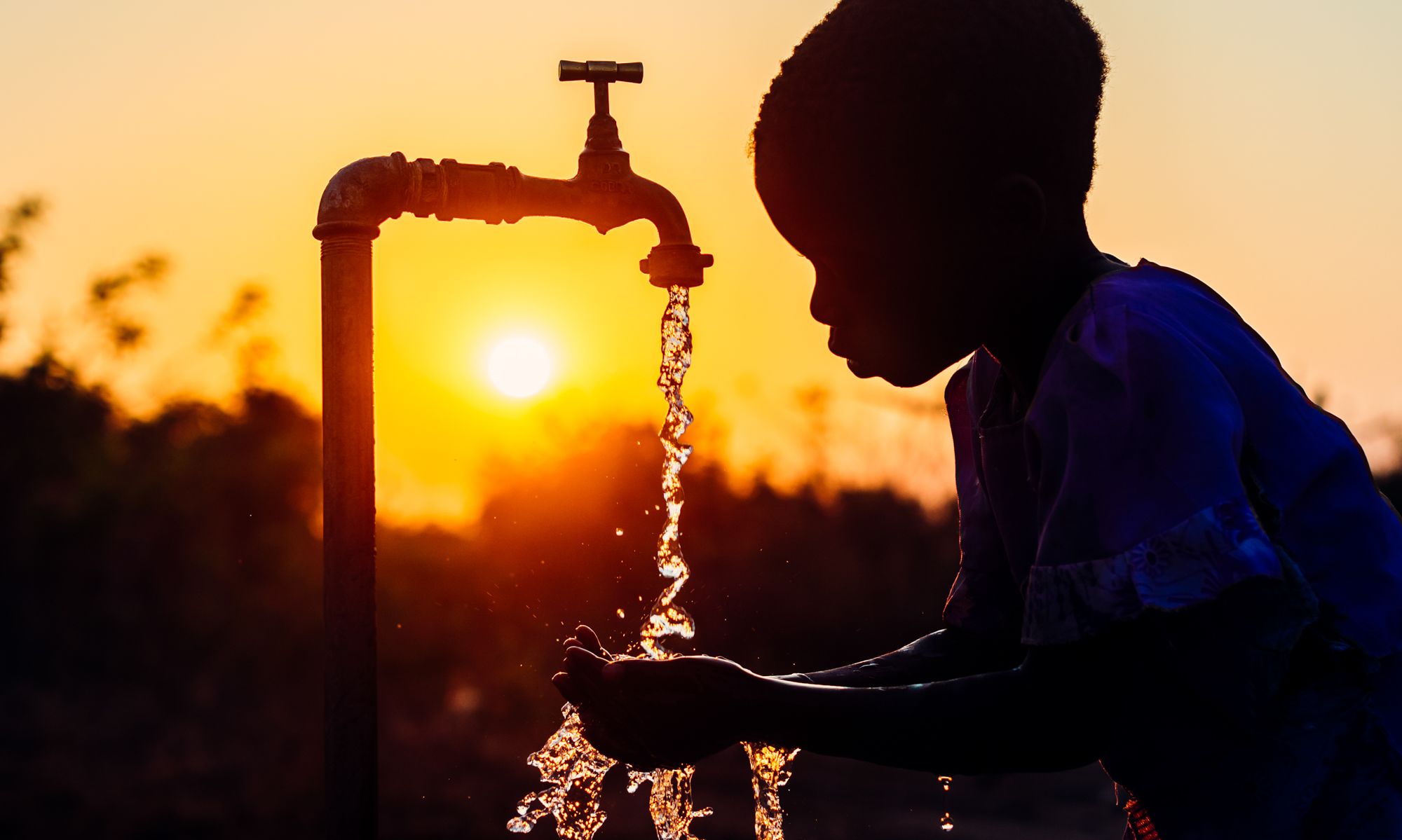
Ways we work to achieve child well-being
World Vision is unique among its peer organisations due to its integrated focus: We are Christian, child-focused, and community empowering.
As a faith-based organisation, our Christian faith motivates all we do. In a sometimes-divided world, World Vision builds bridges between people of different faiths and worldviews. While our faith allows us to connect with other Christians, we also share common values with Muslims, Buddhists, Hindus, and others.
In 2016 and 2017, approximately US$19 million was invested to support 1,106 faith-related projects in 63 country offices. Faith and Development projects benefitted a total of 3.3 million children – including at least 9,400 of the most vulnerable children.
Child Sponsorship unites sponsors and children with their families and communities in a shared commitment to improve lives and futures. It gives us credibility and influence within a community to effectively engage, strengthen, care for, protect, and improve children’s lives to reach their God-given potential. Child sponsorship holds us accountable to improve the lives of the world’s most vulnerable children.
In 2016 and 2017, World Vision invested US$3.5 billion benefitting more than 48 million children – including over three million sponsored children and approximately 5.9 million of the most vulnerable. Child sponsors contributed US$2.6 billion of that amount, benefitting an additional four more children for each because of our community-focused solutions.
Because of our community-based solutions, for every child you help, 4 more children benefit, too.
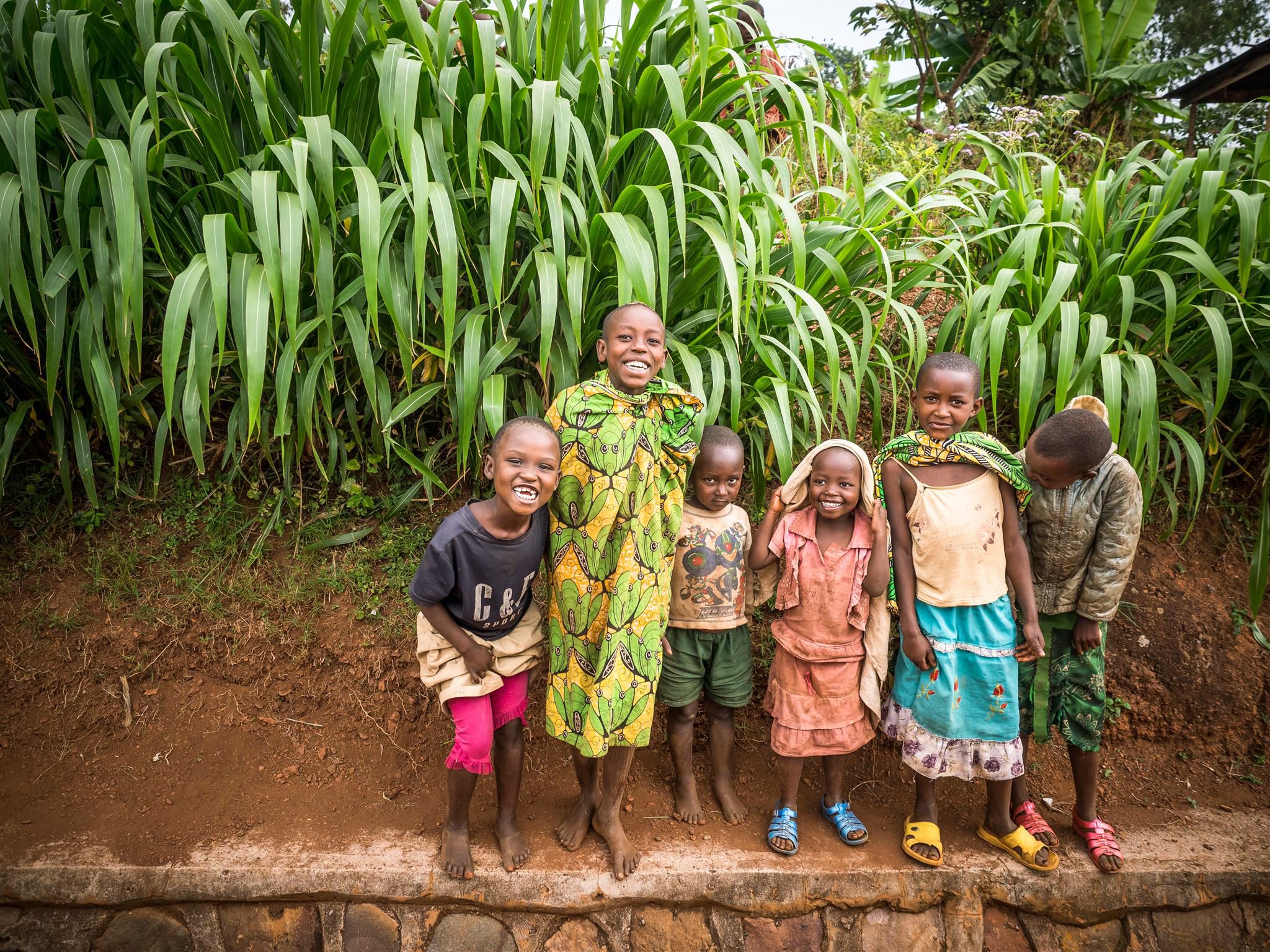
World Vision’s child sponsorship programmes are community-based and community-empowering, focused on changing the environment in which children live and grow. We invest in community development activities such as child protection, health and nutrition, education, water, sanitation, hygiene, livelihoods, and disaster management.
Building on our strong, integrated presence in communities established through child sponsorship, World Vision invested an additional $2.22 billion through grants and other private funding sources to expand and amplify our work for even greater impact. When our work is multiplied in this way, we see the breadth and depth of World Vision’s impact in a community.
Because of our global presence, we are well-positioned to respond quickly when natural disasters or manmade crises occur. Often responding to a disaster opens the door for World Vision to work alongside communities as they seek to achieve long-term change.
“World Vision's child sponsorship helped me set a clear vision; you know, when I wrote my letter to my sponsor, I [told] about my future goals, what I want to be, and now my dreams have come true.”
- former sponsored child, Cambodia
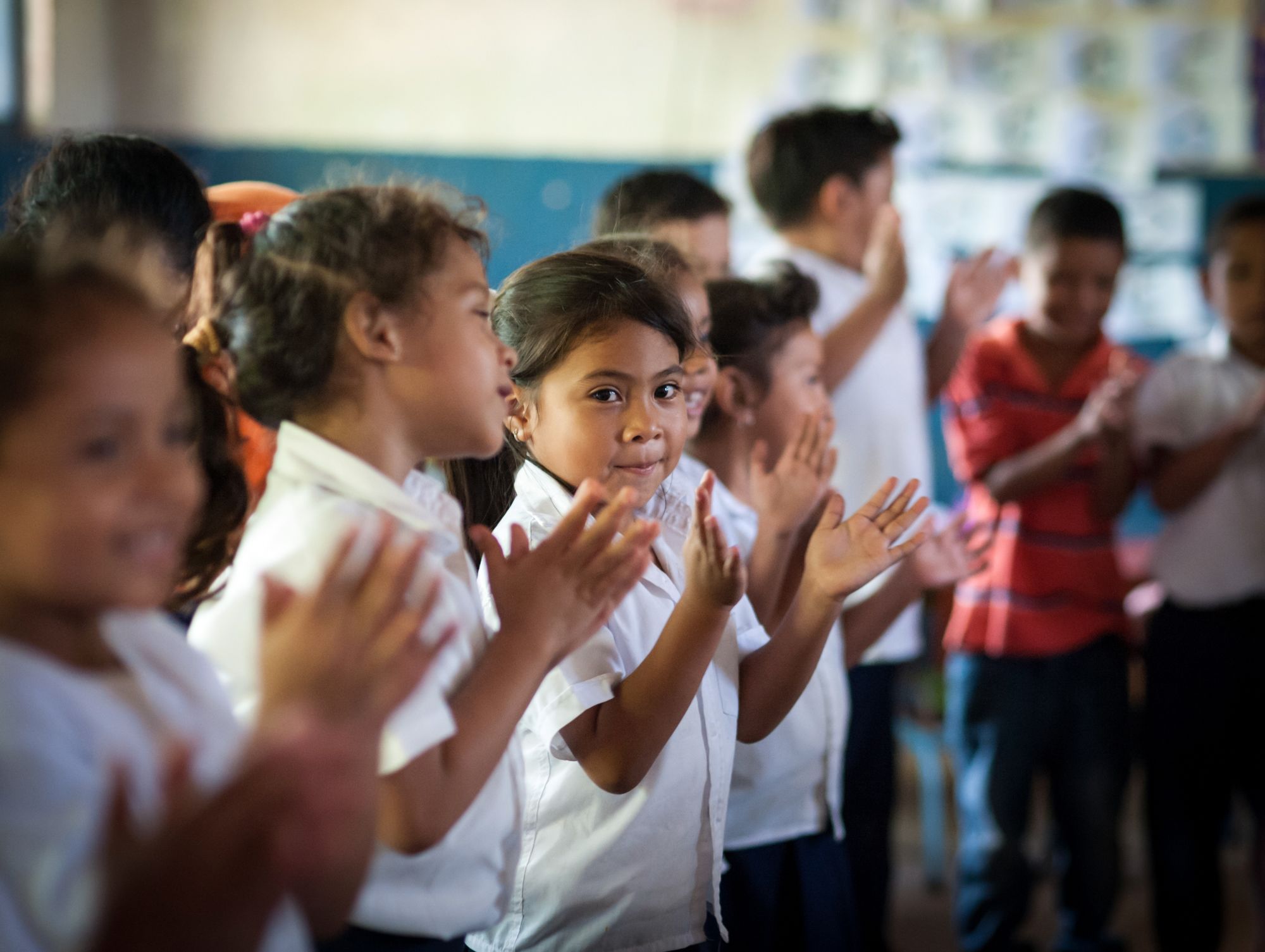
Currently, we work in nine of the world’s 10 most fragile states. World Vision’s investment in humanitarian aid grew from US$401 million in 2016 to US$676 million in 2017. These combined investments assisted over nine million children each year in 2,395 programmes across 72 countries. In addition, more than 490,000 children and adults learned how to protect themselves and their communities from future disasters. Disaster plans were updated in more than 2,300 communities and 1,736 schools.
CHILD PROTECTION is a core component of all World Vision programming. Every boy and girl deserves to live in an environment that is safe – without the threat of abuse and exploitation in any form. Child protection is the focus of our current global campaign, It takes a world to end violence against children. World Vision’s approach to child protection and advocacy empowers and equips children, families, community members, local partners and governments to address the root causes of violence against children.
In 2017, the global campaign, It takes a world to end violence against children, contributed to at least 50 policy changes in 16 countries. To date, US$108 million in new or repurposed funds have been secured for projects related to ending violence against children. In addition, World Vision advocates for change regarding reduction in child marriage, child neglect, domestic violence, and harmful traditional beliefs and practices such as preventing girls from accessing education. Children and youth are active partners in positive change in their homes and communities. They are equipped by World Vision to voice their concerns, to speak up for children’s rights and protection, and to participate in decision-making.
HEALTH AND NUTRITION are key areas of focus in World Vision’s programmes to improve child well-being. To help reduce child mortality, members of the community are trained to help families understand proper nutrition and how to identify and treat or seek treatment for illness. In addition, World Vision establishes and equips local health centres that have appreciably improved maternal and child mortality and health. In 2016 and 2017, World Vision invested US$111.6 million towards 1,491 nutrition programmes in 59 countries. Combined with a US$390.3 million investment in 2,044 health programmes in 61 countries, 18.2 million children, including approximately 2.3 million of the most vulnerable, benefited from this work.
A QUALITY EDUCATION is foundational for child well-being – providing knowledge, building important life-long skills and confidence, and preparing children for futures filled with opportunity. Accessibility to and attendance at school are critical to gaining an education, but we have learned that these are not the best ways to measure success in this area. True indicators are literacy and numeracy. In 2016 and 2017, US$326.8 million was invested in 2,234 education programmes in 63 countries, benefiting 10.5 million children, including over 281,000 of the most vulnerable. World Vision uses the Unlock Literacy approach to promote quality education. During the reporting period, 129,318 teachers were trained, 325,589 caregivers participated in children’s literacy activities, and 923,101 copies of 166 titles of locally relevant reading materials (books written in children’s first languages and featuring stories they can relate to) were developed and distributed.
Children and youth are active partners in making positive change in their homes and communities. They are learn how and are encouraged to voice their concerns, to speak up for children’s rights and protection, and to participate in decision-making.
In 2017, the global campaign, It takes a world to end violence against children, contributed to at least 50 policy changes in 16 countries.
To date, US$108 million in new or repurposed funds have been secured for projects related to ending violence against children. In addition, World Vision advocates for change regarding reduction in child marriage, child neglect, domestic violence, and harmful traditional beliefs and practices, such as preventing girls from accessing education.
In 2016 and 2017, approximately US$107.4 million was invested in 1,782 child protection programmes in 67 country offices. Over 10 million children, including 1.3 million of the most vulnerable, benefitted by participating in child protection activities.
“It was through child sponsorship that I found my voice. And now Marie-Rose will too.”
– Janvie, former sponsored child.
Find Out How
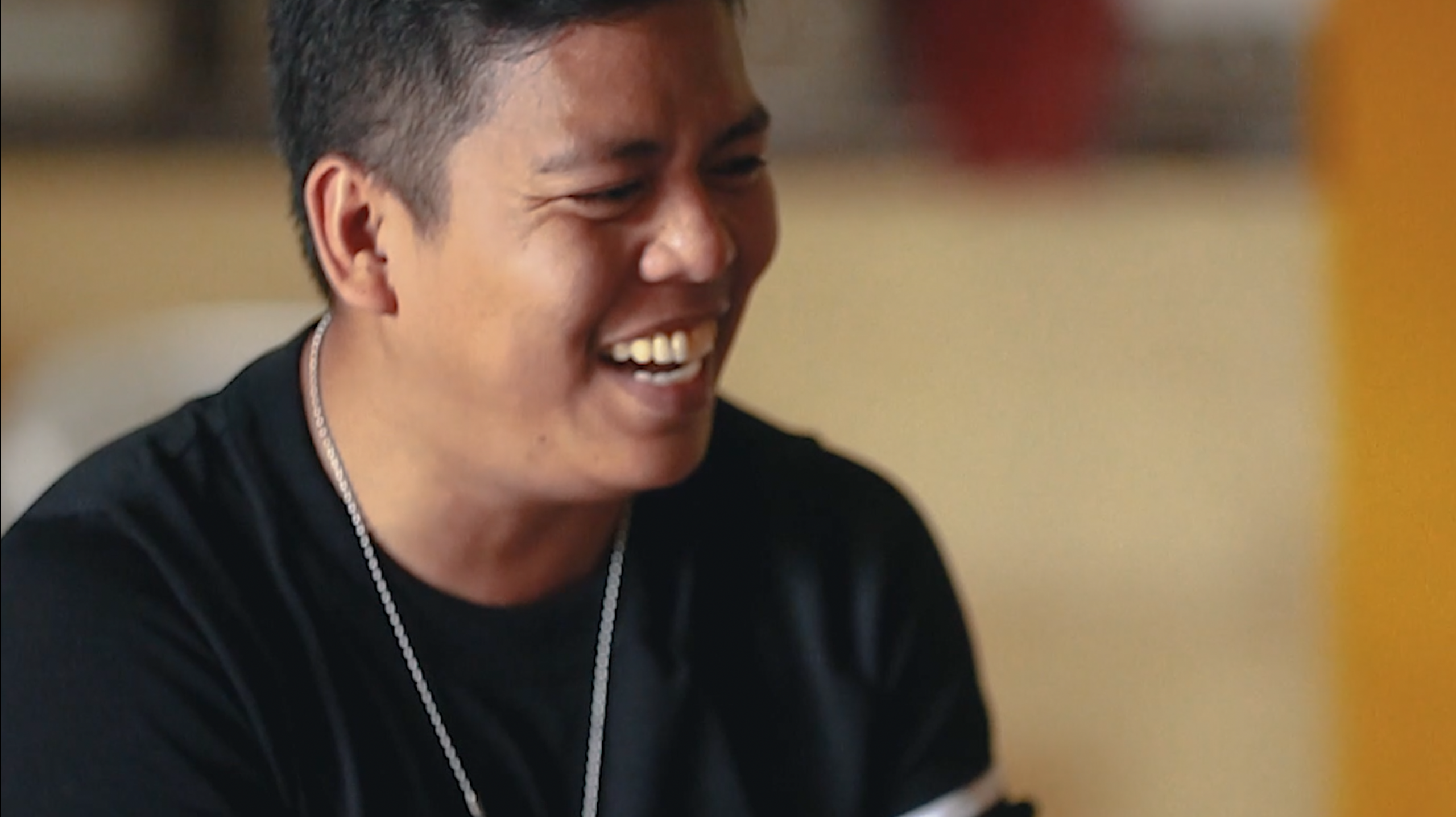
CLEAN, SAFE WATER In many areas of the world, children and families struggle to have access to clean, safe water. They also may not be aware of the importance of good hygiene or have access to adequate sanitation. This may have wide ranging negative implications for children, including illness and poor nutrition.
World Vision invested US$226.7 million in 1,315 Water, Sanitation, and Hygiene (WASH) programmes across 60 countries. In 2016 and 2017, our WASH work reached more than 7.8 million people with improved water sources, 4.9 million with sanitation and 7.2 million with hygiene behaviour change programming.
LIVELIHOODS A crucial element for improved child well -being is a parent or caregiver’s ability to provide the basic necessities and safe home environment for a child to thrive. Livelihoods programmes equip families with the tools they need to overcome poverty.
More than 383,256 people increased their knowledge in improved agriculture and natural resource management. As a result, food security improved and household hunger decreased.
In 2017, World Vision invested over US$231.2 million to support 1,264 programmes in 62 country offices. These programmes benefitted 5.8 million children, including approximately 1.2 million of the most vulnerable.
World Vision continues to learn how to measure child well-being, and we constantly strive to understand what works best in addressing challenges that impact child well-being.
We are dedicated to delivering, measuring, and communicating impact.
We will continue to use research and our regular monitoring of progress to make changes so that more children can experience life in all its fullness.
